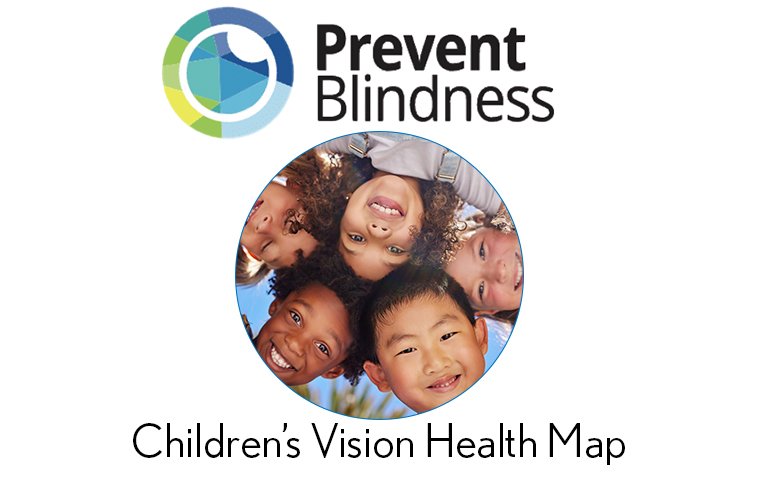
COVID-19 and Eye Care: An Overview of the Impact and Implications
COVID-19, a global pandemic caused by the SARS-CoV-2 virus, has affected nearly every aspect of healthcare, including eye care services. Since the virus was first identified in December 2019, it has caused significant disruptions in healthcare systems worldwide.
This article provides a detailed overview of the ocular manifestations of COVID-19, the impact of the pandemic on eye care service delivery, and the adaptations made in response to these challenges, as compiled by the World Health Organization (WHO) in their March 2023 brief.
Ocular Manifestations Associated with COVID-19
COVID-19 has been associated with various ocular manifestations, which can either present as initial symptoms or develop later during the course of the disease. Common ocular symptoms include:
1. Conjunctivitis: Reported in both adults and children, conjunctivitis can occur at any stage of COVID-19 infection. Studies report an incidence ranging from 15% in children to 31.6% in adults, with cases documented across different regions, including Italy and China.
2. Posterior Eye Manifestations: These include retinal hemorrhages, cotton wool spots, changes in retinal microvasculature, and vision-threatening conditions such as endogenous endophthalmitis and candida retinitis.
3. Rhino-Orbital-Cerebral Mucormycosis: Particularly in severe cases of COVID-19, this condition was noted, necessitating a multidisciplinary approach due to its high mortality rate.
Impact of Environmental Restrictions on Ocular Health
The pandemic led to widespread implementation of travel restrictions, lockdowns, and stay-at-home orders, which had unintended consequences on ocular health:
1. Ocular Trauma: Home-based activities like DIY projects led to a rise in eye injuries during lockdown periods, as seen in a study from Wenzhou City, China.
2. Increased Screen Time and Myopia: With schools closed and remote learning enforced, there was a notable increase in myopia progression among school-aged children, particularly those who engaged in prolonged screen time without sufficient outdoor activities.
3. Dry Eye and Digital Eye Strain: The shift to digital learning and remote work increased cases of dry eye symptoms and digital eye strain, particularly among e-learners.
Impact on Eye Care Service Delivery
The COVID-19 pandemic caused a significant disruption in the delivery of eye care services:
1. Reduction in Patient Volume: Many non-emergency eye care services were postponed, leading to a significant decrease in patient visits and treatments, particularly for routine check-ups and elective procedures like cataract surgeries.
2. Economic Impact: The reduction in patient volume affected the financial sustainability of eye care services, especially in regions where ophthalmology practices are heavily dependent on elective surgeries.
3. Vulnerable Populations: Vulnerable groups, including children and individuals with chronic eye conditions like keratoconus, were particularly affected, as delays in treatment led to worsening of their conditions.
Adaptations in Eye Care During the Pandemic
Despite these challenges, the eye care sector demonstrated resilience by adopting several innovative approaches:
1. Telehealth: Eye care services rapidly adapted to telehealth, with video consultations becoming a critical tool for maintaining continuity of care, especially for patients with conditions like ocular surface disease and oculoplastics.
2. Enhanced Safety Protocols: Eye care facilities implemented rigorous safety measures, including physical distancing, protective barriers, and enhanced cleaning protocols to minimize the risk of COVID-19 transmission.
3. E-Learning and Remote Education: Eye care education continued largely unaffected due to the adoption of remote learning platforms, allowing for the continuation of theoretical education and some aspects of practical training via video conferencing and telehealth.
Conclusion
The COVID-19 pandemic has profoundly impacted eye care, leading to both challenges and opportunities. While the pandemic caused disruptions in service delivery and education, it also accelerated the adoption of telehealth and remote learning, which may continue to benefit the field of ophthalmology in the future. Continued adaptation and investment in these areas will be essential to building resilient eye care systems capable of withstanding future public health emergencies.
References
• WHO. (2023). COVID-19 and Eye Care: Scientific Brief. Retrieved from WHO
• Sen M, Honavar SG, Sharma N, Sachdev MS. (2021). COVID-19 and Eye: A Review of Ophthalmic Manifestations of COVID-19. Indian Journal of Ophthalmology, 69(3), 488–509.
• Wu P, Duan F, Luo C, Liu Q, Qu X, Liang L. (2020). Characteristics of Ocular Findings of Patients with COVID-19 in Hubei Province, China. JAMA Ophthalmology, 138(5), 575–578.
(1).jpg)










